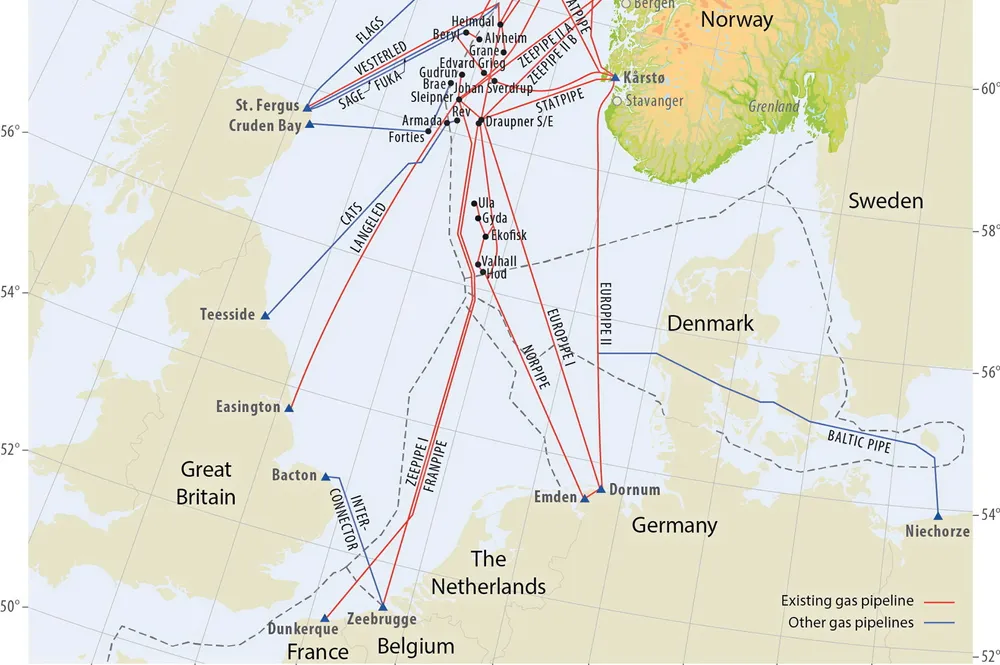Blue hydrogen from Norway unlikely to make much impact on European clean H2 market, says DNV
Hydrogen produced from fossil gas with CCS may need subsidies from Oslo to compete with green H2 in EU, consultancy argues in new report

Hydrogen produced from fossil gas with CCS may need subsidies from Oslo to compete with green H2 in EU, consultancy argues in new report
